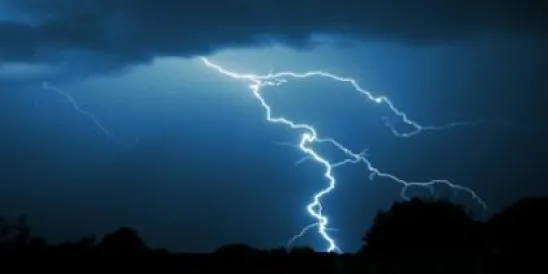According to a recent Munich Re finding, 2011 has become the highest-ever loss year on record due to natural catastrophes. Though most of the losses were caused by the earthquake in Japan, the U.S. has seen its share of cat losses and claims — some fraudulent. To learn more about the of post-catastrophe fraud, I questioned Gary Kerney of ISO.
After the Alabama tornadoes and the Missouri River floods, was there a dramatic increase in the amount of claims fraud?
The recovery and rebuilding processes in many of the areas affected by severe weather this spring are only just beginning. There have been no claims fraud per se detected yet. There have been reports of fraud in previous catastrophes where property owners allegedly damaged buildings to pursue insurance claims. Such allegations were usually tied to lack of insurance. For example, much flooding occurred in areas of Louisiana caused by Hurricane Katrina. Some property owners who did not have flood insurance are alleged to have subsequently and intentionally inflicted damage to their own building to make the loss appear to be wind related because there was appropriate coverage for the wind peril.
Do you have any specific examples of claims fraud from these events that stand out in your mind?
Since there have been no large scale incidents noted yet, there are none that we can comment on specifically because it is still early in the recovery phase. As noted above, though, we can look back at other events, such as Hurricane Katrina, and find instances where reports of fraud were alleged. Again, much of such reported fraud activity was likely due to the absence of insurance that would normally provide money to pay for repair or replacement of damaged property. Another development that followed Katrina involved cases in which jurors reportedly felt sympathy for defendants accused of fraud – who were faced with the financial inability to repair a home or business. Some jurors were reported to have concluded they might have done the same thing under the extenuating circumstances.
Why were residents compelled to commit such fraud?
Property owners, both residential and commercial, may consider committing fraud when there is a lack of insurance or the amount of insurance is insufficient to provide for full and complete replacement or repair of the damaged property. There is a need for capital to replace the damaged structure and the lost contents. If insurance cannot fully fund the recovery, some people may consider resorting to fraudulent measures to obtain the money needed. Potential fraud activities are not only directed at insurers but can also involve attempts to obtain more money in assistance grants from government agencies such as FEMA.
How can insurers prepare for and deal with post-catastrophe claims fraud?
Insurers can anticipate some fraud activity in any kind of catastrophe ranging from a hailstorm to a hurricane. Sometimes the property owner is not aware of a fraud being perpetrated since it may in fact be the contractor or repairer who commits the fraud with inflated fees or by creating additional damage to the structure.
How can they prevent it?
Insurers take actions to reduce the impact of fraud. Adjusters are trained to identify what appear to be “red flags” for fraud. Insurers can have claims analyzed by an organization such as ClaimSearch to help identify fraud or parties to prior fraudulent schemes. Not all fraud can be prevented. However, much of it can be and is reduced through vigilance and the use of tools designed to help identity it.
What are catastrophe anti-fraud plans?
Most insurance carriers include anti-fraud training as part of the company’s catastrophe response plan. The carriers use information developed by organization such as the National Insurance Crime Bureau to inform adjusters and others involved in the claims process regarding indicators of fraud. Adjusters are trained to be vigilant; however, adjusters are also expected to pay rightful claims as quickly as possible so that policyholders can begin their recovery efforts as quickly as possible. In addition, carriers often include Special Investigation Units as part of the first response to a disaster so that from the beginning the carriers can identify and react to potential fraudulent activity.
Responses by Gary Kerney, assistant vice president of ISO’s Property Claim Services® (PCS®) division. ISO (www.iso.com) is the flagship subsidiary of Verisk Analytics (www.verisk.com).



 />i
/>i

